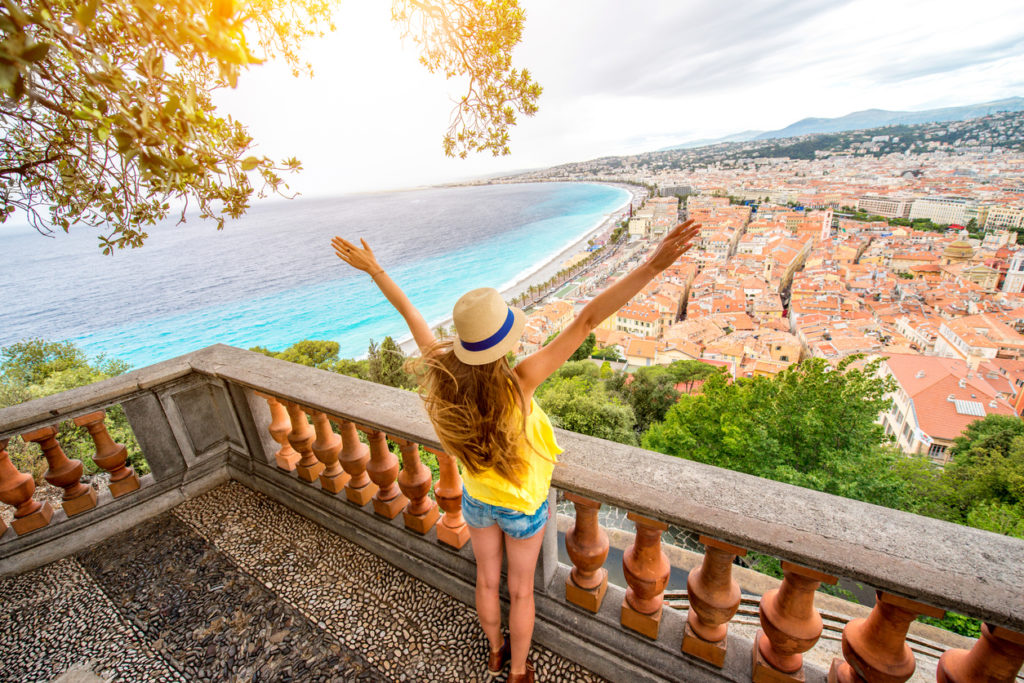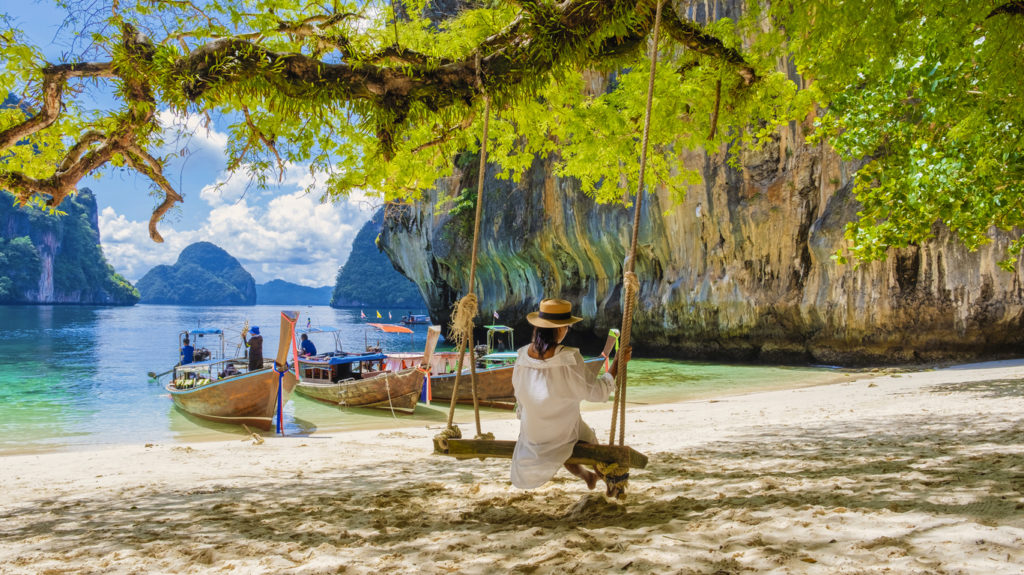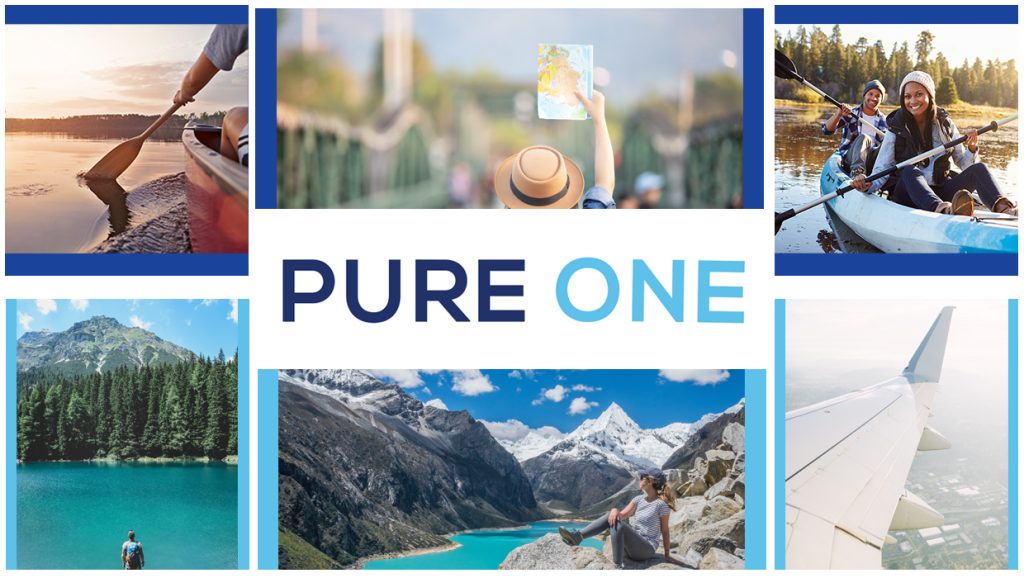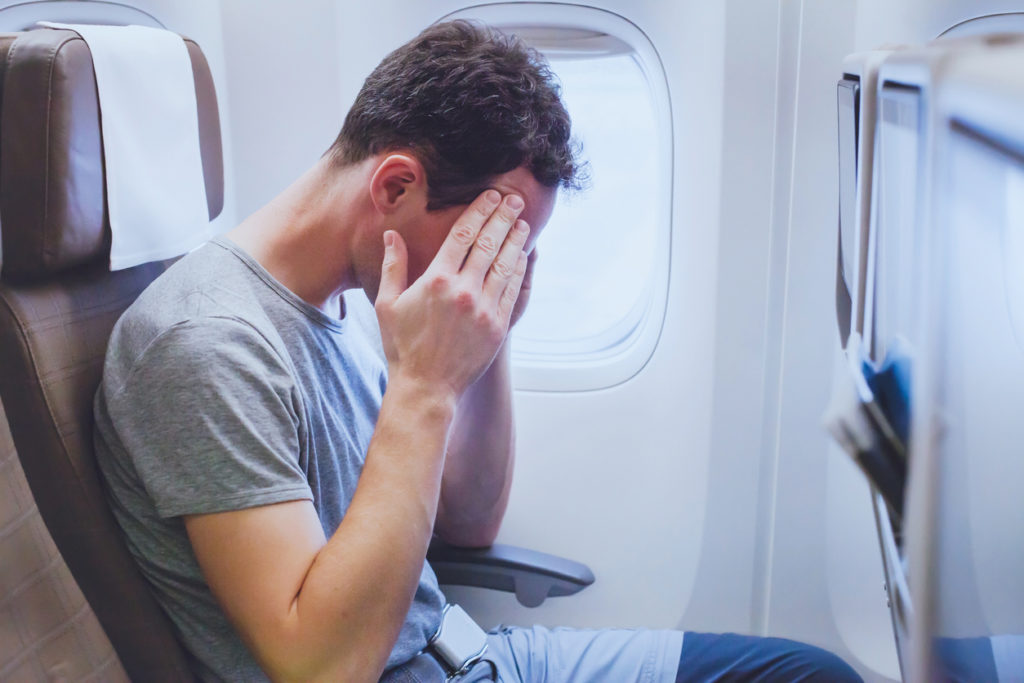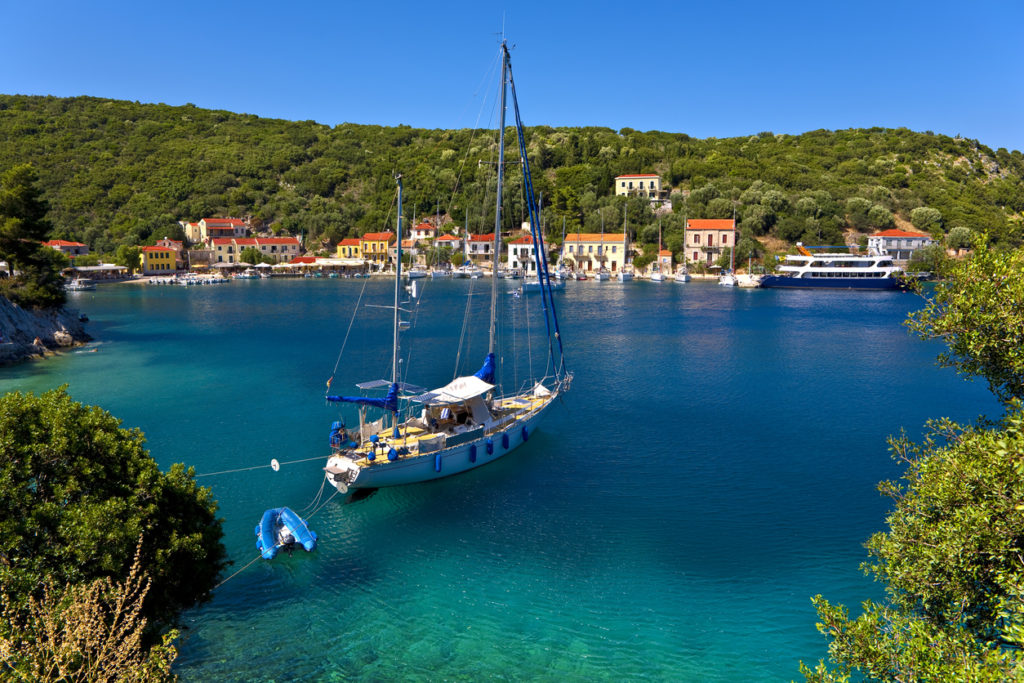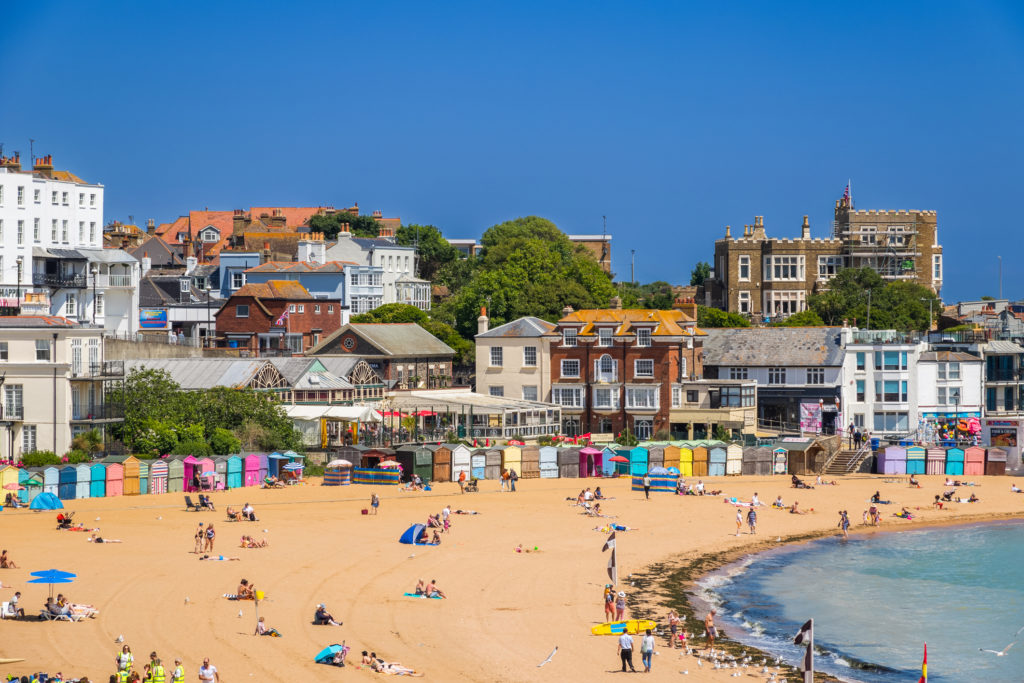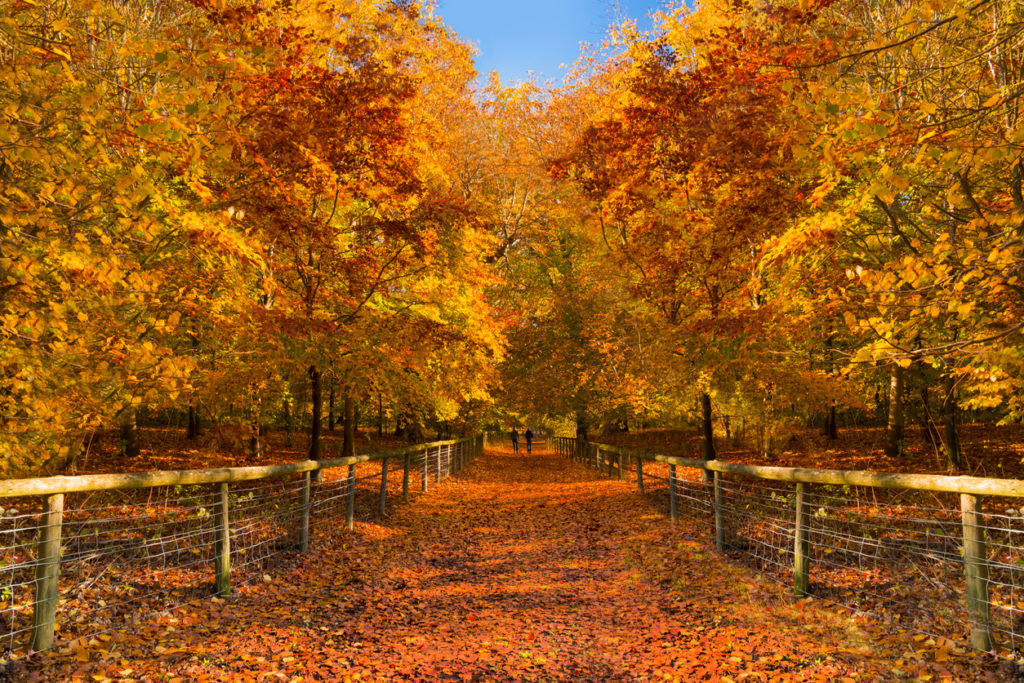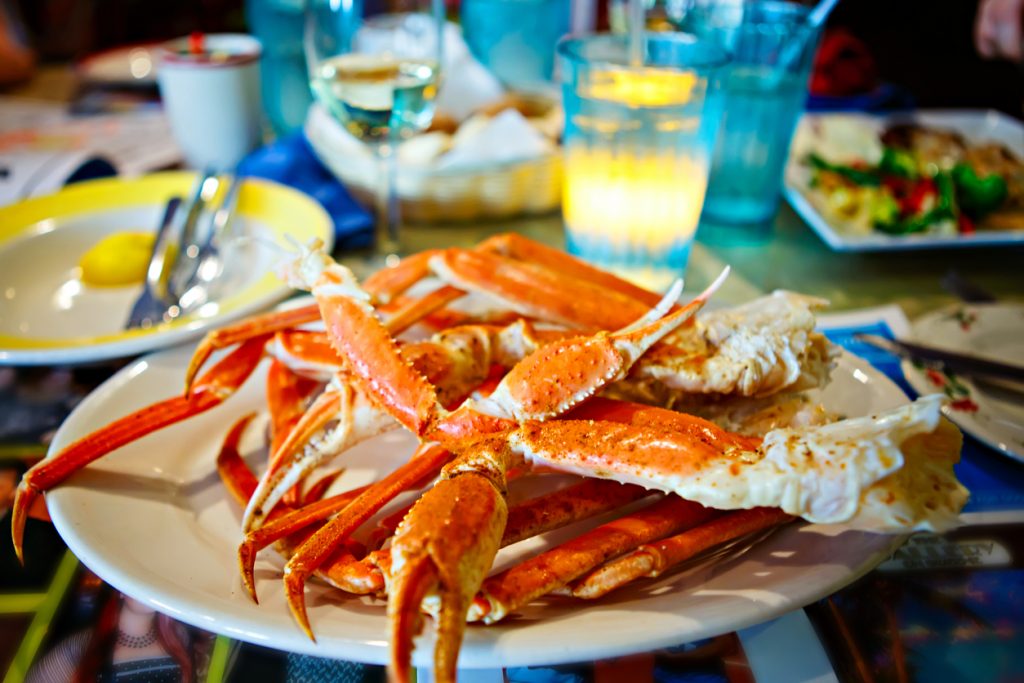
Canoeing down the Grand Canyon is no mission for beginners unless they’re comfortably sitting on support rafts or are willing to stick to the Class I rapids! Rafting on the mighty Colorado River requires skills and experience or at least the guidance of a professional and trained guide. You need to know what to expect from the rapids along the way and how to wisely use your oars. Yes, this is a life-changing adventure and a way to connect with nature as you’ve never experienced before, but it’s definitely not a DIY project for non-kayakers.
The longest whitewater expeditions in Grand Canyon last about two to three weeks but there are plenty of companies that can accommodate shorter rafting trips for all levels of experience and skills. Many tourists prefer a single day rafting trip on the Colorado River, departing from Peach Springs in Arizona, or above the canyon, from Page to Lee’s Ferry. The river runs for 1,450 miles along five states and offers the chance to admire the spectacular dramatic scenery of the majestic Grand Canyon and enjoy the desert wilderness.
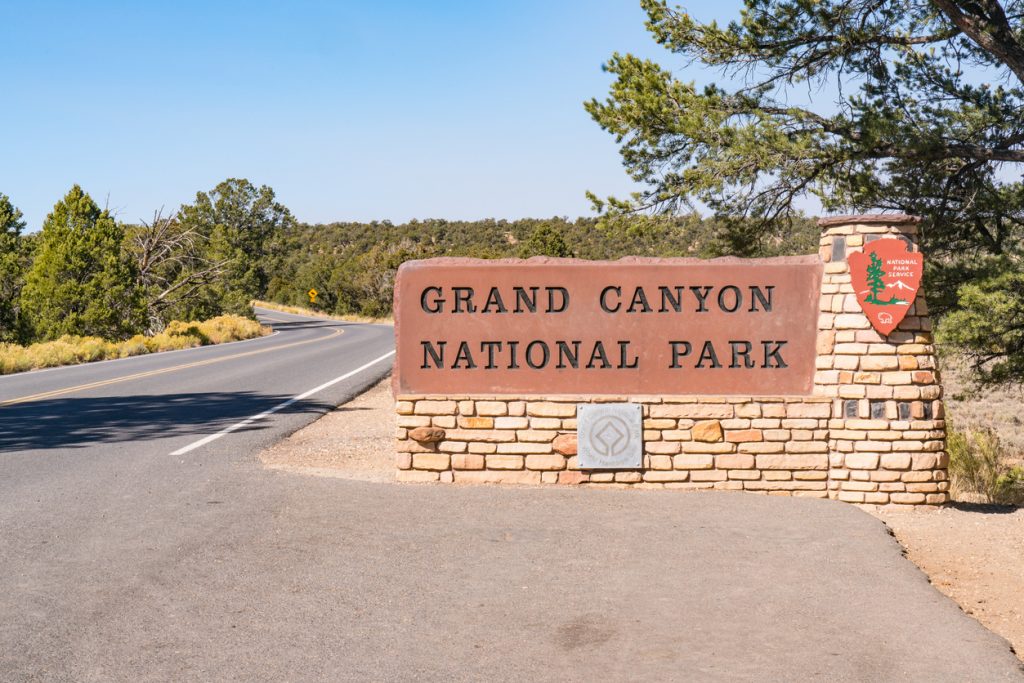
Paddling for beginners
The Colorado River’s rapids are classified according to the American Whitewater’s International Scale of River Difficulty using a scale of I to VI that determines the required technical skills to safely navigate them. Moreover, this river’s rapids also have their own classification, with 1 being a little bit more than a ripple and 10 reaching the mind-blowing level.
Class I rapids are suitable for beginner kayakers and perfect for them to practice their skills. The best sections for navigating these class of rapids are the waters of the Grand Junction and the section between South Canyon and Cameo. If you’re planning for a canoeing adventure in Arizona, on the Lower Colorado River, a great departure point is the section that starts at Glen Canyon and ends at Lee’s Ferry. The ride will be smooth and you’ll get to combine it with lovely waterfall hikes.
Another option for beginners is the Black Canyon Water Trail that can be found below the Hoover Dam where you’ll experience a fun canoeing adventure with stops at sauna caves and relaxation in hot springs. The river is smooth and friendly in this part of the canyon taking kayakers to Yuma where they can camp for as long as they want. No permits are required for paddling on this section of the river!

Rafting for the experienced
However, the rest of the Colorado River is not exactly novice-friendly and requires at least an intermediate level experience. Most rafting expeditions for skilled kayakers face the fury of the waters between Lee’s Ferry and Diamond Creek. A complete experience takes two or three weeks and is provided by licensed rafting companies.
A self-guided expedition involves experience, preparation and acquiring permits. Permits are issued following a lottery held in February, one year in advance of when the permits can be used. The minimum age to apply is 18. If you win the permit, you need to pay an initial nonrefundable deposit and fees before the trip.
The rapids along the way are mostly Class III but there are a few Class IV/IV+ to spice things up to the next level. They’re mostly spread out and sometimes separated by several miles long pools. The most challenging rapids in the Grand Canyon are Lava, Crystal, Hermit, all intimidating and quite a threat to your boat’s balance. Hance stands out in the crowd due to its length and continuity but it can be conquered with the right skills and ambition.

When to canoe down the Grand Canyon
The best time for rafting through the canyon is between May and July. Commercial whitewater trips are organized only between the months of April and October. There are about sixteen outfitters in Arizona, Utah, and California ready to offer whitewater and flat water trips either above or below the canyon. However, if you’re a skilled paddler you can test your skills whenever you feel the urge for a rafting adventure.
The tours vary from one-day tours for beginners to 21-day adventures that capture the overwhelming remoteness and wilderness of the entire canyon. The partial rafting tours take about three days. Between April and September, there’s also the option to take part in motorized trips along the river. They’re faster and shorter but definitely less exciting and hair-raising.

